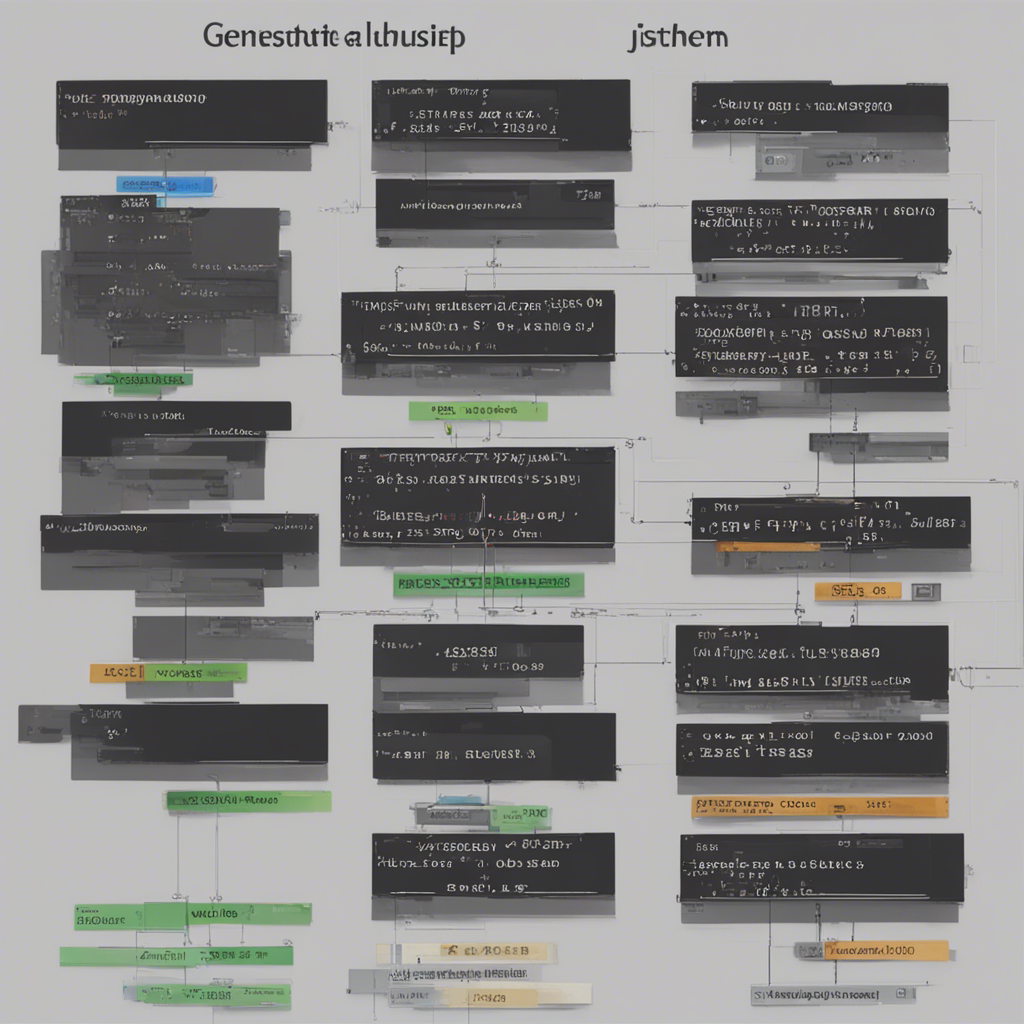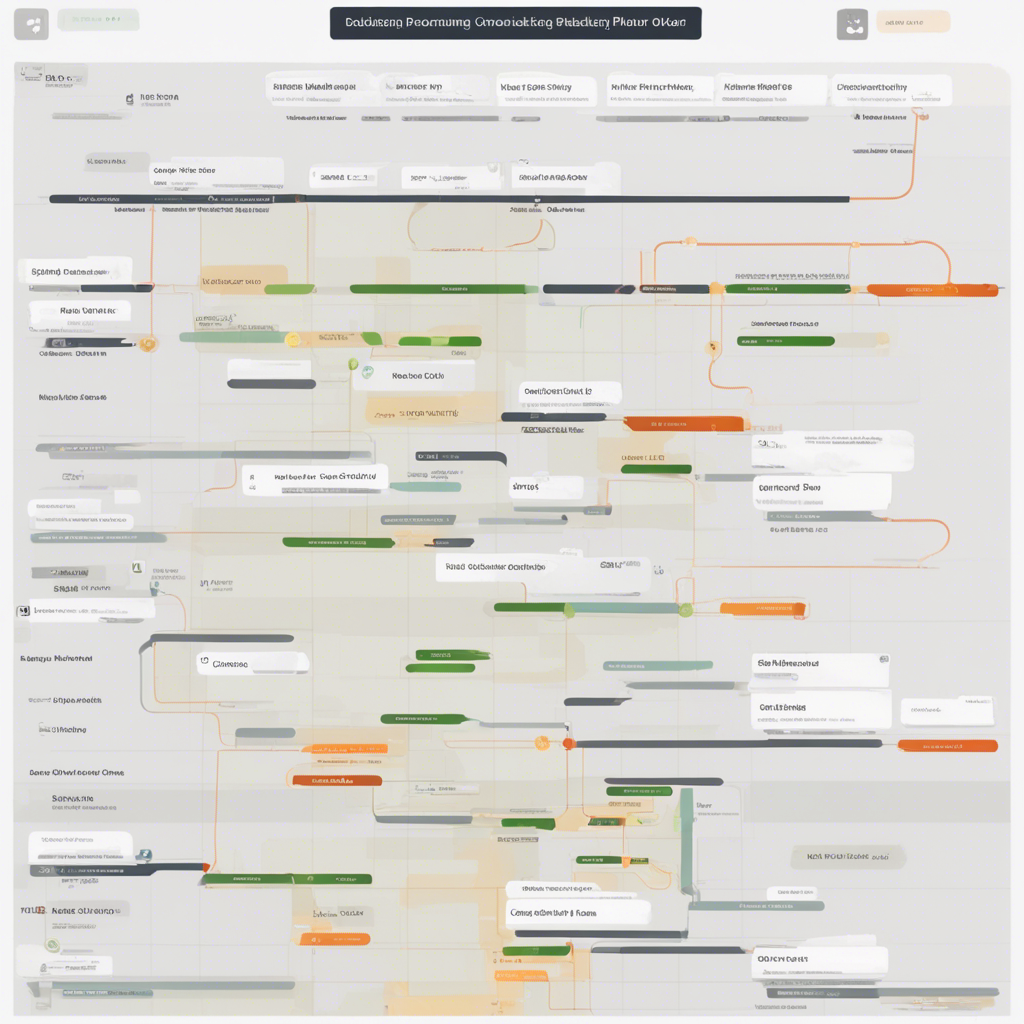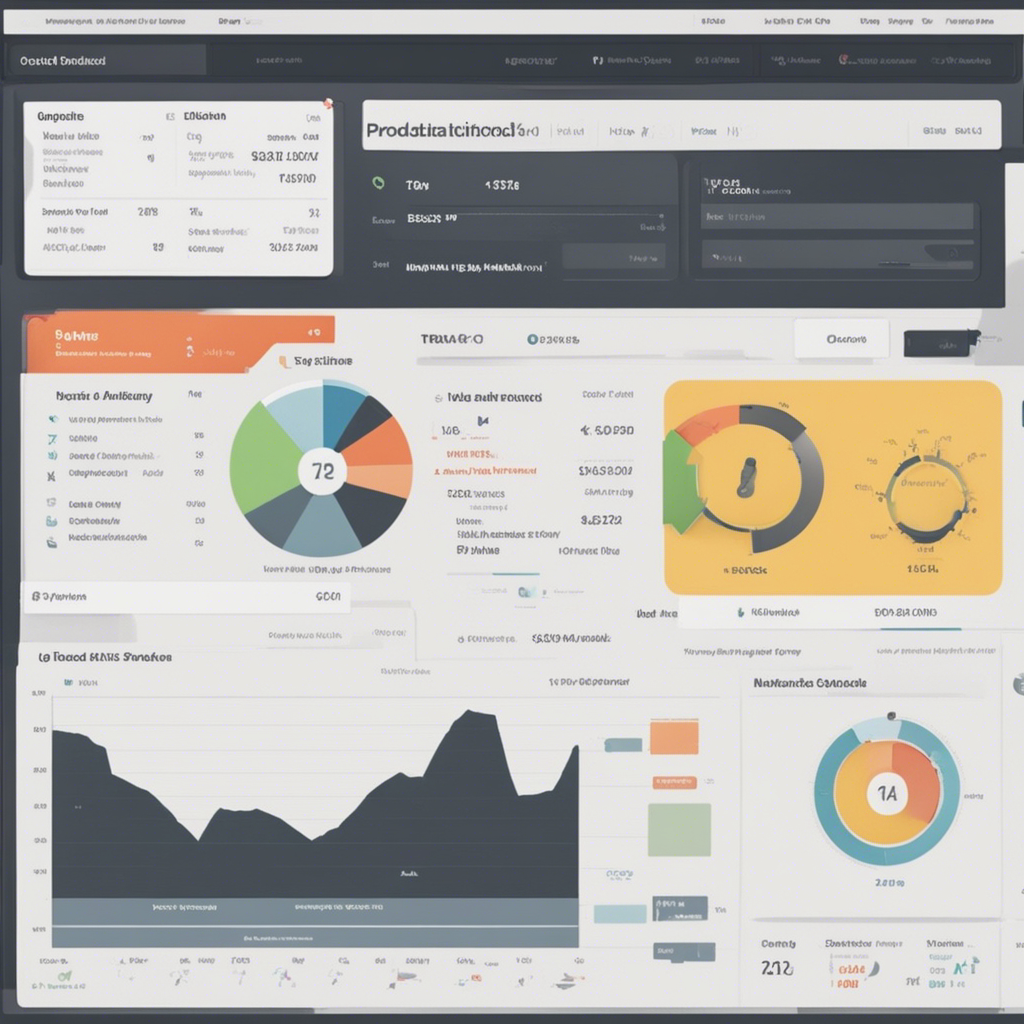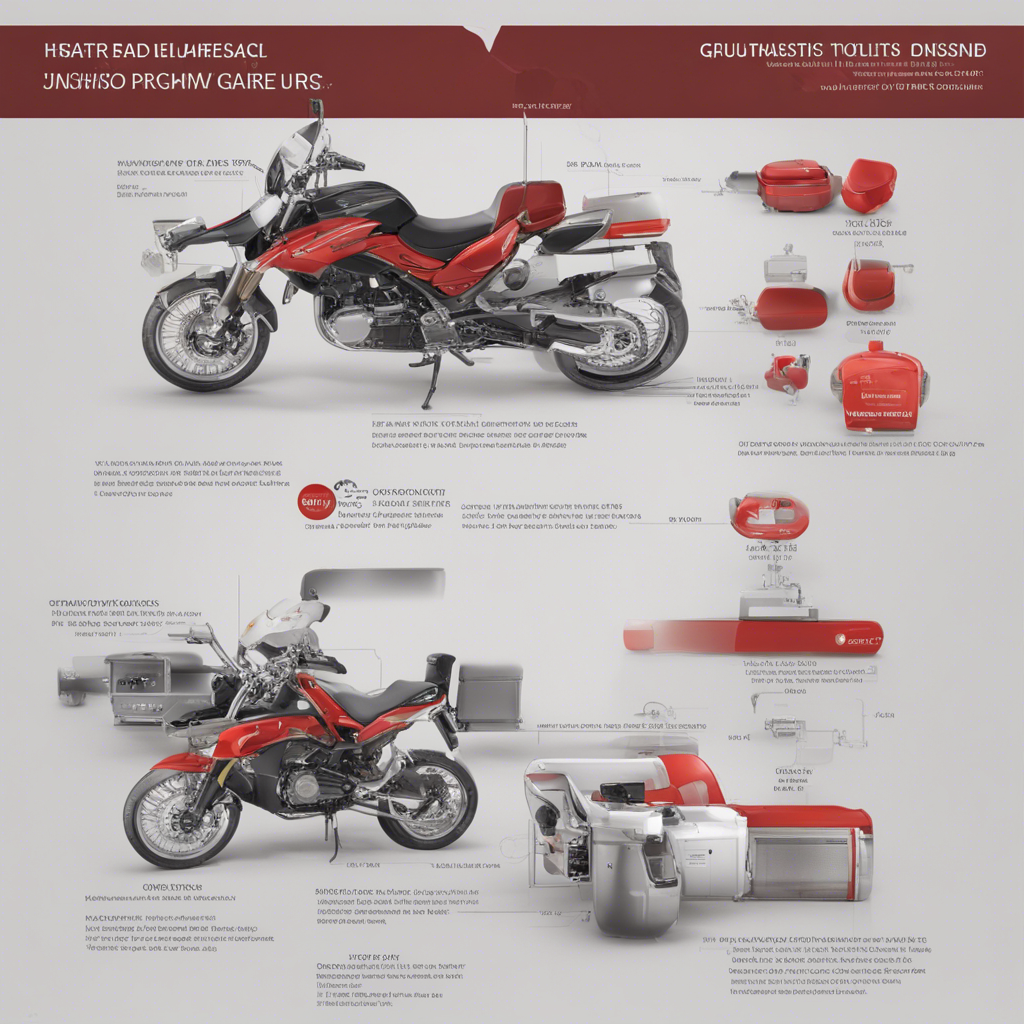
Jobs to be Done Framework: Understanding Your Users
In today’s competitive marketplace, it has become essential for businesses to truly understand their target audience in order to create products and services that meet their needs. One powerful framework that can help achieve this understanding is the Jobs to be Done (JTBD) framework. Developed by Clayton Christensen, Scott D. Anthony, Eric A. Roth, and Curtis W. Johnson, this framework provides a unique perspective on consumer behavior, enabling organizations to design offerings that align with their customers’ desires and motivations.
What is the Jobs to be Done Framework?
The Jobs to be Done framework centers around the idea that customers “hire” products or services to fulfill a specific need or job in their lives. This job can be defined as the progress a person is trying to make in a particular circumstance, and it could be related to anything from basic functional tasks to emotional and social aspirations. By understanding the job customers are trying to accomplish, businesses can create solutions that address these needs more effectively.
The Three Elements of the Jobs to be Done Framework
The Jobs to be Done framework is composed of three essential elements: the job, the customer, and the context.
1. The Job
The job represents the underlying need or goal that customers are trying to fulfill when they “hire” a product or service. It is essential to dig deeper than surface-level requirements and identify the core motivations and desired outcomes. For example, when someone purchases a car, the job they are trying to accomplish may be to efficiently and safely transport themselves from one place to another.
2. The Customer
Understanding the customer entails considering their demographics, psychographics, and other relevant factors that contribute to their decision-making process. By gaining insights into their preferences, frustrations, and aspirations, businesses can tailor their offerings more accurately to meet customers’ specific needs.
3. The Context
The context refers to the circumstances or situations in which the job needs to be done. This includes understanding the environment, constraints, and influences that affect customers’ decision-making. For example, individuals in urban areas may have different job requirements for transportation compared to those in rural areas, due to factors such as traffic congestion or accessibility.
Applying the Jobs to be Done Framework
Now that we have a foundation of the Jobs to be Done framework, let’s explore how businesses can apply it effectively to gain a deep understanding of their customers.
1. Conducting Jobs Interviews
One of the primary techniques used in the Jobs to be Done framework is conducting Jobs Interviews. These interviews involve talking to customers and prospects to uncover the various jobs they are trying to address in their lives. By asking open-ended questions and delving into their experiences, motivations, and desired outcomes, businesses can gain valuable insights into the real job customers are trying to accomplish.
2. Analyzing Customer Data
In addition to conducting interviews, analyzing customer data can provide valuable insights into customers’ behavior and patterns. By examining data such as purchase history, website analytics, and customer feedback, businesses can identify patterns and trends that can help them understand the underlying jobs customers are trying to fulfill. Advanced analytical tools and machine learning algorithms can further enhance this analysis and provide more accurate predictions.
3. Creating Personas and Scenarios
To better understand different segments within their target audience, businesses can create customer personas and develop specific scenarios that capture the jobs, contexts, and desired outcomes of each group. Personas are fictional characters representing specific customer segments, while scenarios describe real-life situations and the problems customers face. Mapping out these personas and scenarios can help businesses empathize with their customers and create targeted solutions.
4. Designing Solutions
Once businesses have gained a comprehensive understanding of their customers’ jobs, preferences, and contexts, they can use this knowledge to design solutions that effectively address their needs. By focusing on the desired outcomes and removing the barriers customers face, businesses can create products and services that provide superior value and drive customer loyalty.
Key Benefits of Using the Jobs to be Done Framework
Implementing the Jobs to be Done framework offers a range of benefits for businesses:
-
Improved Product Development: By understanding the true job customers are trying to accomplish, businesses can develop products and services that align more effectively with their needs, leading to higher customer satisfaction.
-
Enhanced Marketing Strategies: By understanding customers’ motivations, businesses can create targeted and compelling marketing messages that resonate with their audience, increasing the likelihood of conversion.
-
Identifying New Opportunities: Applying the Jobs to be Done framework can help businesses identify unmet needs and uncover opportunities for innovation and growth within their market.
-
Competitive Advantage: By truly understanding their customers’ jobs and delivering superior solutions, businesses can gain a competitive edge by becoming the go-to provider for customers in their market.
Conclusion
Understanding your customers’ needs, preferences, and motivations is crucial for any business seeking long-term success. The Jobs to be Done framework provides a powerful toolset for gaining deep customer insights, enabling businesses to design more effective solutions and drive customer satisfaction. By conducting Jobs Interviews, analyzing customer data, creating personas and scenarios, and designing solutions that align with customers’ needs, businesses can differentiate themselves in the marketplace and achieve sustainable growth. Embracing the Jobs to be Done framework is a strategic move that can revolutionize your approach to understanding and meeting the needs of your customers.






